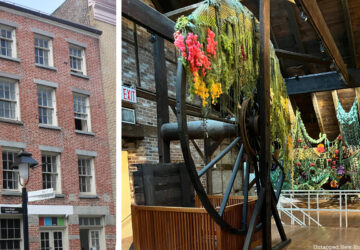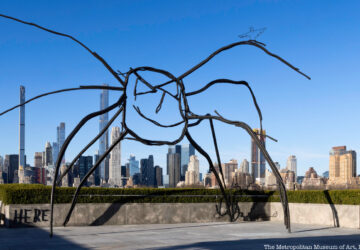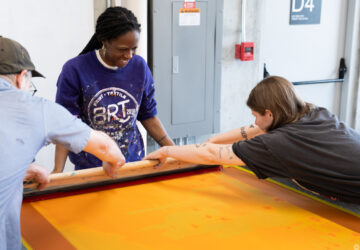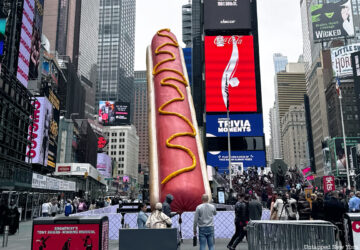Countless poets have wandered New York’s streets. From Federico García Lorca’s lonely adventures in Columbia University subway stations to Allen Ginsberg’s hallucinations on the Upper West Side to Walt Whitman and Thoreau’s respective meanderings along the East River, New York has been a stomping ground for many of the world’s most famous literary minds. Read on to discover various places these poets spent their time and mined for inspiration, and to find quotes and poems that mention places in New York where you can go in order to feel like you yourself are part of a network of rich literary history.
1. Edgar Allan Poe’s Croton Reservoir
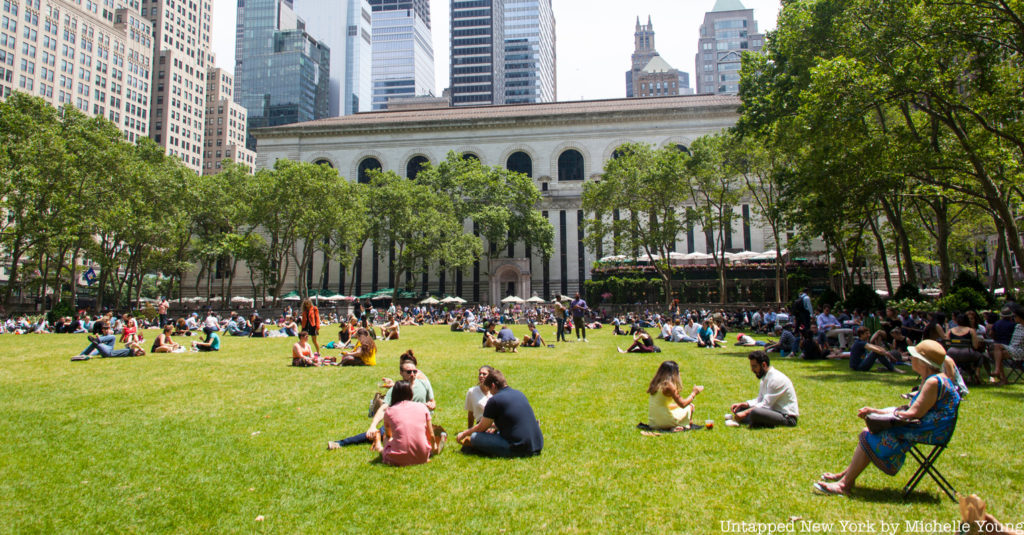
During his residency at Fordham in the mid-1800s, Edgar Allan Poe often took long, contemplative walks, but not across the High Bridge that connects Washington Heights to the Bronx, as it has widely been reported. We debunked that myth when we discovered that the walkway was completed after he died. Where he did amble was on the top of the Croton Distributing Reservoir which once stood where Bryant Park and the New York Public Library are today, bounded by 40th and 42nd Streets and 5th and 6th Avenues.
In his Doings of Gotham column for the Columbia Spy in 1844, Poe wrote of the stunning view from atop the reservoir walls:
When you visit Gotham, you should ride out the Fifth Avenue, as far as the distributing reservoir, near forty-third street, I believe. The prospect from the walk around the reservoir, is particularly beautiful. You can see, from this elevation, the north reservoir at Yorkville; the whole city to the Battery; with a large portion of the harbor, and long reaches of the Hudson and East rivers. Perhaps even a finer view, however, is to be obtained from the summit of the white, light-house-looking shot-tower which stands on the East river, at fifty-fifth street, or thereabouts. The reservoir was demolished in 1900.
Other famous Poe haunts include Mount Tom on 83rd Street and Claremont, where Poe would look out over the Hudson, and the Edgar Allen Poe cottage in the Bronx. For a more in-depth look at Poe’s journeys in New York City, check out this article.
2. Allen Ginsberg’s St. Mark’s Church-in-the-Bowery
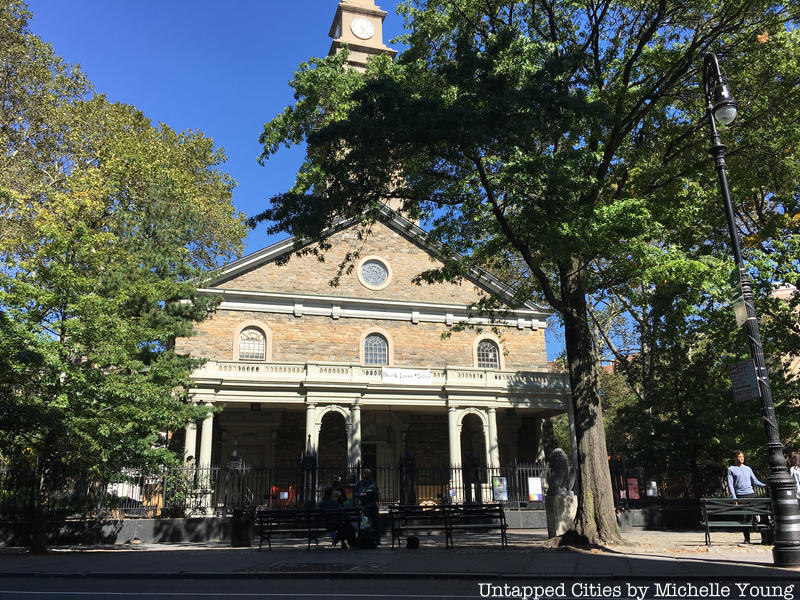
St. Mark’s Church-in-the-Bowery in Greenwich Village was and is a cornerstone of New York City’s poetic landscape. Home to The Poetry Project, this church has boasted readings from countless illustrious literary figures, from Eileen Myles to John Ashbery. Perhaps its most famous reader was the Beat poet Allen Ginsberg, who was instrumental in its founding it in 1966. Later attendees would include Patti Smith, Robert Mapplethorpe, Andy Warhol, and others.
At the nearby Tompkins Square Park, Ginsberg would hang out with other Beat poets and figures such as Bob Dylan, often playing music, having discussions, and reading poetry late into the night. Today, many of these writers are honored by plaques bearing their names outside the church and by trees planted in their honor. Readings and open mics still occur inside.
In the poem “My Sad Self,” Ginsberg described the unique energy he felt in New York, writing that “Sometimes when my eyes are red, I go up on top of the RCA Building, and gaze at my world, Manhattan—”. The RCA Building is now 30 Rockefeller Plaza. Ginsberg, along with William S. Burroughs, Jack Kerouac, and many others, created the Beat Generation in New York, a group of poets that sparked a nationwide counterculture movement that would eventually give birth to the hippie counterculture of the 1970s.
Other famous Ginsberg locales include the Columbia University Bookstore, where Ginsberg claimed to have experienced a hallucinatory revelation inspired by the words of William Blake, and his apartment at 437 E. 12th Street, where he lived until he died at age 70.
3. Patti Smith’s Hotel Chelsea
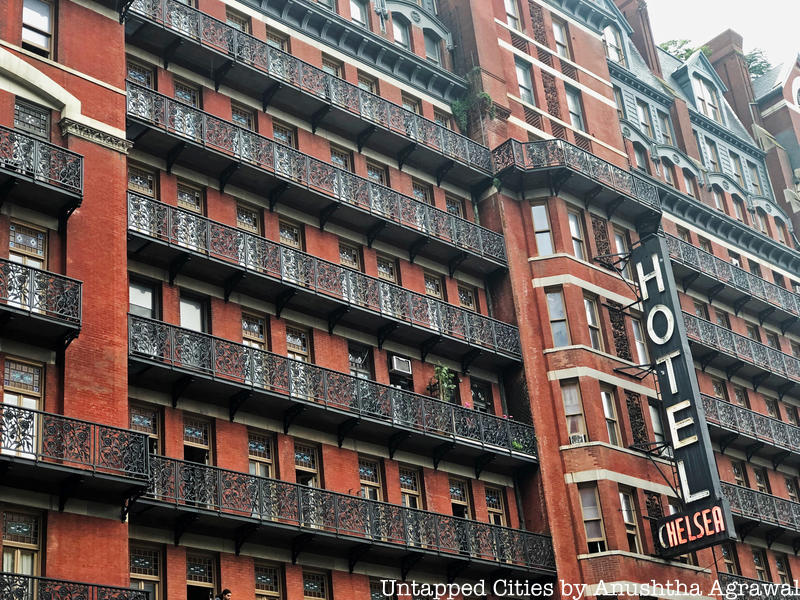
The Chelsea Hotel its heyday in the 1960s provided a sanctuary for artists and writers – including the poet, punk musician, and cultural icon Patti Smith, who describes it at length in her memoir “Just Kids.” Patti spent time working and living at the Chelsea, living with the photographer Robert Mapplethorpe.
“Everybody here is somebody, if not in the outside world,” wrote Patti Smith of life in the Chelsea, and this seems to embody a truth about New York. No matter who you are, on these streets you are a part of history, with limitless opportunity at your fingertips.
Other writers who have spent time at the Chelsea include Arther Miller, who wrote a story called the “Chelsea Affect” about life in the Chelsea, Allen Ginsberg, and Gregory Corso, and Arther C. Clarke also wrote 2001: A Space Odyssey while staying at the hotel.
Today, visitors can pay homage to Leonard Cohen, Arthur Miller, and more by observing some of the plaques that bear their names outside of the Chelsea. It is also possible to pop in the lobby for a minute or two in order to absorb some of the hotel’s legendary energy – before being kicked out by the security guard.
4. Federico García Lorca’s Nolita

The poet Federico García Lorca spent time in New York in 1929, while studying English at Columbia University. Mired in unrequited love for Salvador Dalí, and more interested in poetry than his education, Lorca spent a lot of time wandering alone around lower Manhattan, an experience that would eventually give birth to his seminal work “Poet in New York.”
To live the authentic Lorca experience, one needs no map or precise plan – the poet often traveled from Riverside Park to Harlem to Brooklyn in single days. The city still bears the imprint of his footsteps. At the intersection between Canal and Lafayette Street in Nolita, there is a mural on a building bearing Lorca’s portrait and also quoting his poem, “City that Does Not Sleep,” including the lines, “the man who rushes out with his spirit broken will meet on the street corner / the unbelievable alligator quiet beneath the tender protest of the stars.” The mural was painted in 2015 by the Spanish artist Raúl Ruiz and the Brooklyn-based artist Cern.
To find the unbelievable alligator and much more, pay a visit to the mural and float where your feet take you – and be sure to carry some stationary on which to write your poems about the loneliness, madness, and beauty of New York City.
5. Dylan Thomas’s White Horse Tavern
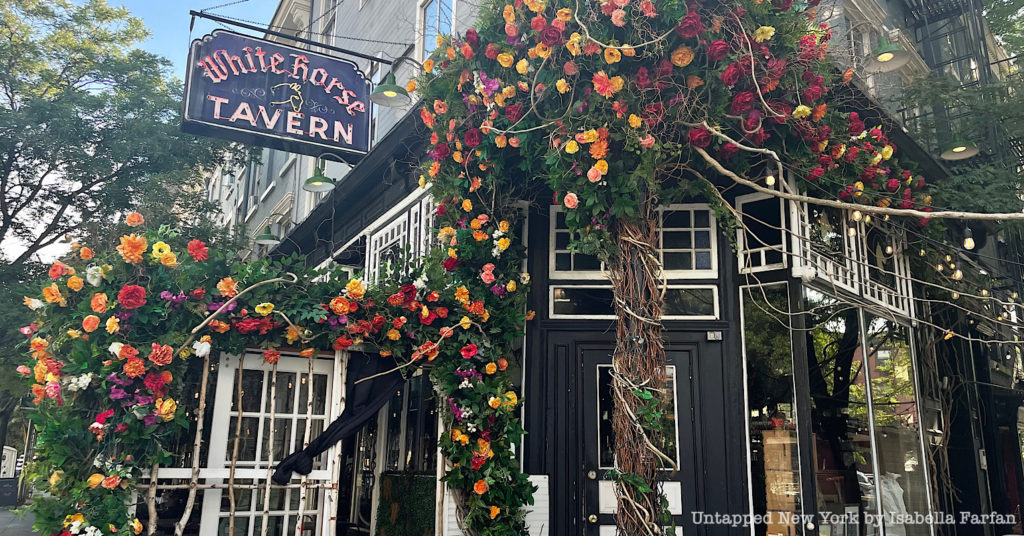
This tavern in Greenwich Village was where Dylan Thomas drank himself into oblivion and where Hunter S. Thompson began to write his novel “The Rum Diary.” Other writers including Anais Nin gathered there, as well as Beat writers Allen Ginsberg and Jack Kerouac, and New York School poets John Ashbery and Frank O’Hara have all indulged in its woozy atmosphere of alcohol and dim fluorescent lighting. The White Horse Tavern can be found at 567 Hudson Street, between West 11th Street and Perry Street.
6. Frank O’Hara’s Museum of Modern Art
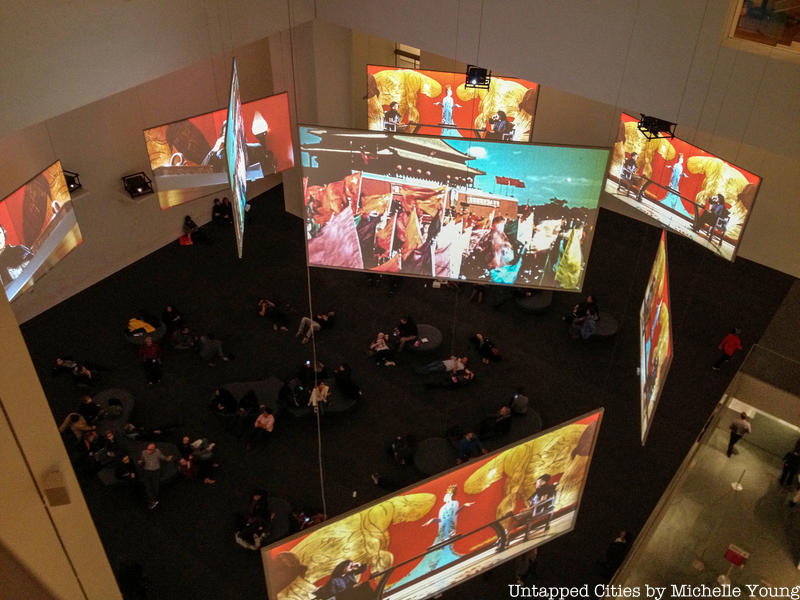
1950s poet Frank O’Hara developed the New York School movement, and many of his poems directly reference the culture and character of the city. O’Hara spent time working at the Museum of Modern Art, where he wrote his “Lunch Poems” on his lunch break and befriended Jackson Pollack and Joni Mitchell, among others. “One need never leave the confines of New York to get all the greenery one wishes – I can’t even enjoy a blade of grass unless I know there’s a subway handy, or a record store, or some other sign that people do not totally regret life,” wrote O’Hara in his poem “Meditations in an Emergency.” To embrace the aesthetics and lifestyle of this poet, try taking lunch to the MoMA and spending time observing the strangeness of the people and the metropolitan culture that float in and out of the doors.
7. Henry David Thoreau and Walt Whitman’s Brooklyn Ferry
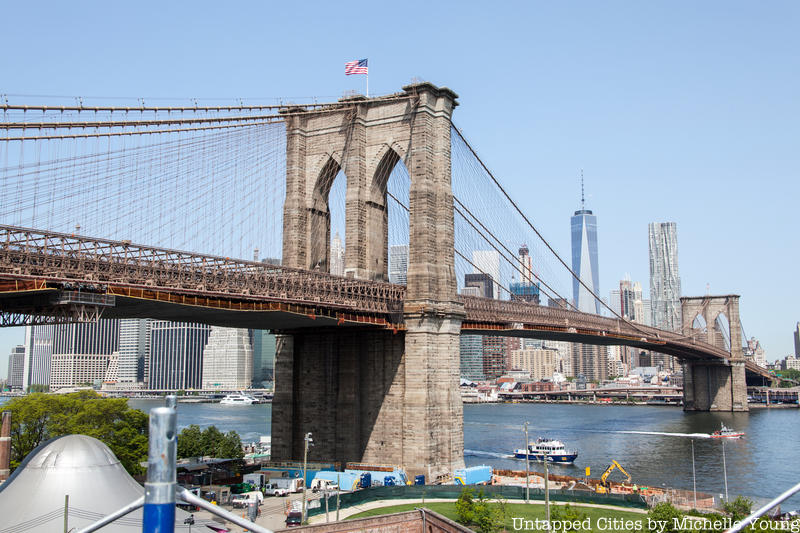
Although their work is usually associated with nature and the abandonment of civilization, Henry David Thoreau and Walt Whitman both spent time in New York City. Once, they even crossed paths. In 1856, the two took the ferry from Manhattan to a performance in Brooklyn, and afterward, Whitman took Thoreau to visit him in the attic room he shared with his brother.
For Thoreau, New York was a toxic environment that embodied all of his frustrations with consumerism and overcrowding – and soon after his first visit to the city, he absconded from civilization and moved to Walden Pond. For Whitman, the city was a force of inspiration. He was it as a reflection of the perfectly imperfect chaos of the self, a chaos that he fully embraced in his seminal work, Song of Myself.
Relive Thoreau and Whitman’s experiences and take a joyride on the ferry. Perhaps you will be inspired to leave the city for good in order to experience true solitude, like Thoreau; perhaps you will fall even more in love with its chaos and energy, like Whitman. Whitman even wrote a poem called “Crossing the Brooklyn Ferry,” and later wrote that “I have always had a passion for ferries; to me they afford inimitable, streaming, never-failing, living poems.” Either way, you will be stepping out on a journey that inspired some of the all-time greatest literary minds.
8. Diane di Prima’s Many Apartments
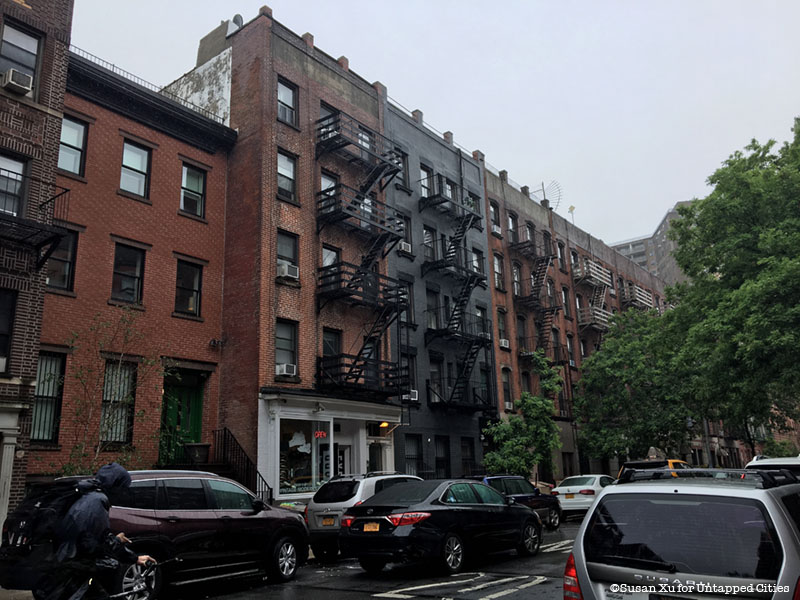
Diane di Prima is a poet who, like many Beatniks, dropped out of college in the 1950s and set up shop in the West Village. There, she spent a week in a madhouse with the poet Ezra Pound, founded several radical magazines, became an instrumental player in the feminist movement, befriended Yoko Ono, founded the New York Poets Theatre, gave birth to the poet LeRoi Jones’ child, and much more, all in a breakneck-speed series of events which she chronicled in her autobiography, “Recollections of my Life as a Woman: The New York Years.”
Many of the places di Prima blazed through have since closed, but the apartments she stayed at still stand. She lived in five apartments throughout her time in New York – one at Cooper Square, one at East Houston St., one at East 4th St., one at East 5th St., and one in Hell’s Kitchen.
9. Edna St. Vincent Millay’s Tiny House
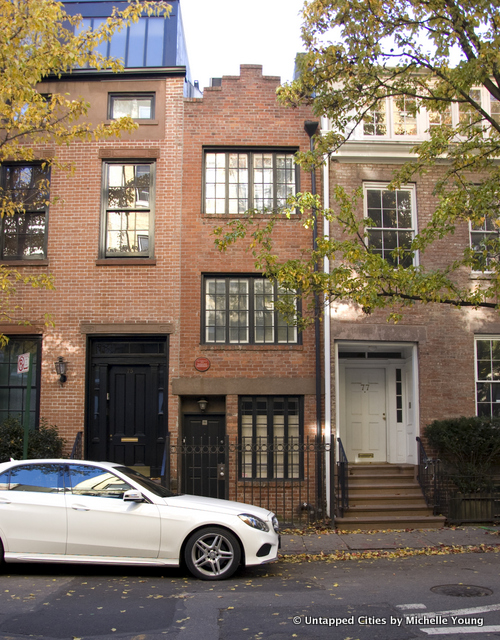
The poet Edna St. Vincent Millay wrote sonnets about love, madness, and violence, and spent her time living a wild bohemian lifestyle in – where else – the West Village. The house she lived in in the Village has actually been proclaimed New York’s narrowest house, at only 9 and 1/2 feet wide. Despite its size, this house still managed to contain some of literature’s furthest-thinking minds, providing a home for Millay as well as the anthropologist Margaret Mead and the actor John Barrymore.
Millay worked as an actress in New York in the 1920s, and described her time there as “very, very poor and very, very merry.” Later, she would go on to win the Pulitzer Prize for poetry in 1923, the third woman to win the prize – just four years after Sara Teasdale, another poet who lived in New York, became the first woman to do so.
10. Sara Teasdale’s Scenes of Heartbreak
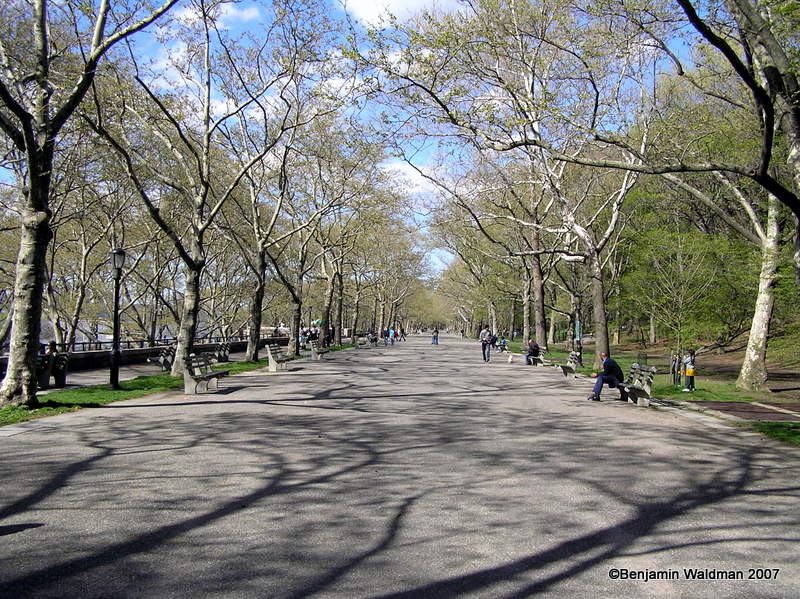
“With rain-quenched torches dripping thru the town – But you have found a god and filched from him – A fire that neither wind nor rain can dim,” wrote poet Sara Teasdale in her poem “The Lights of New York,” a piece that is presumably dedicated to the unquenchable source of inspiration she found in the Big Apple.
Teasdale moved from St. Louis to New York’s West Village in 1914, where she would live for the rest of her life. She wrote poems about heartbreak that took place in Union Square, in Riverside Park, in Gramercy Park, and more, but most often she wrote songs of praise to the city she loved. She wrote about love, death, depression, and disillusionment, always with New York as her backdrop.
Next, check out Places to Remember Edgar Allan Poe and 8 NYC homes of famous writers from Truman Capote to Edith Wharton.
